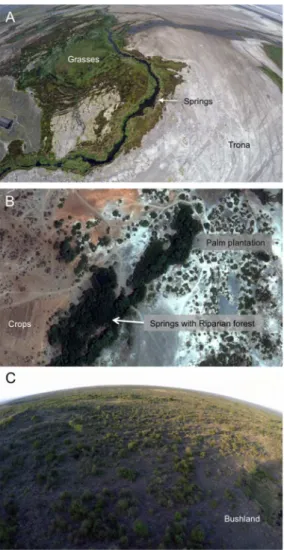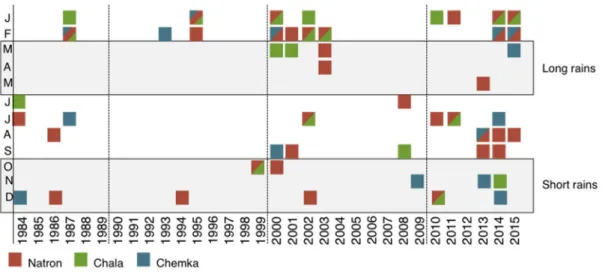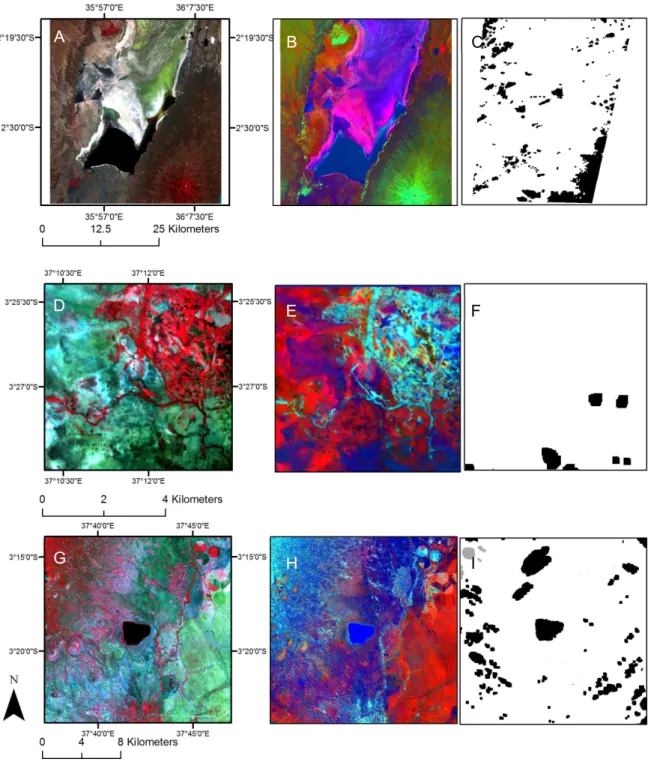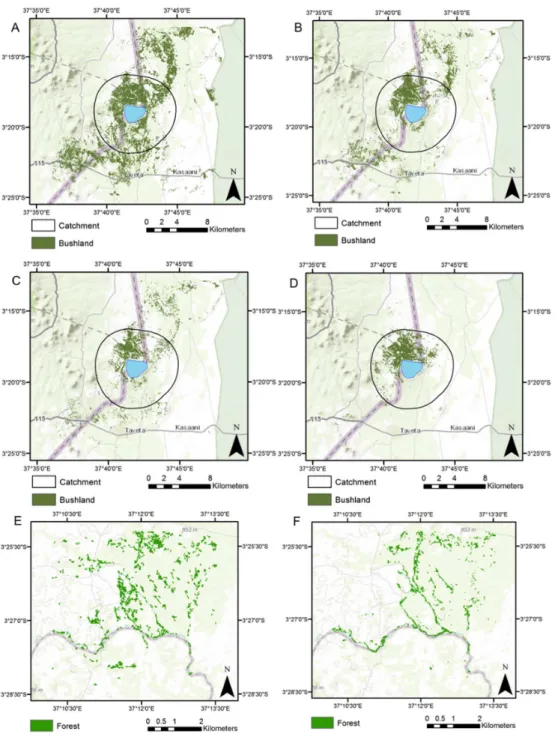Land cover, land use, and climate change impacts on endemic cichlid habitats in Northern Tanzania
Texte intégral
Figure
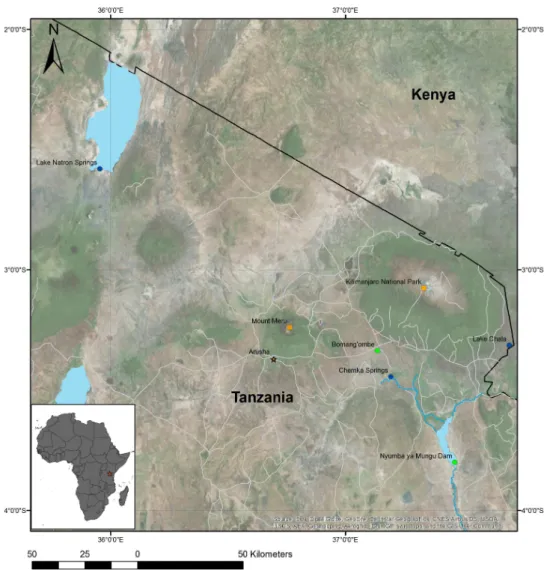
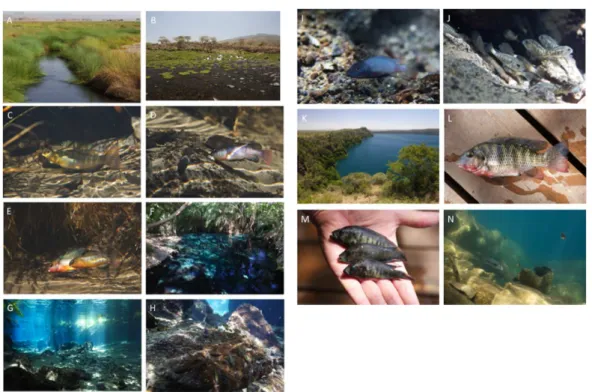
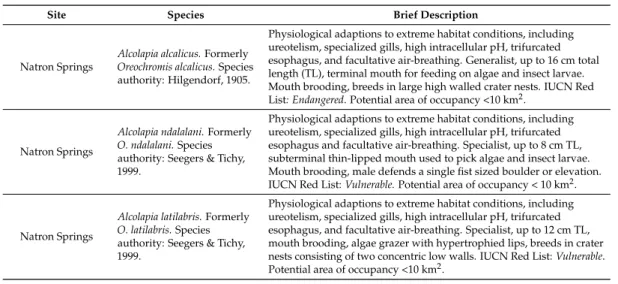

Documents relatifs
Taken together, our results show for the first time that there is a major involvement of the TREK-1 channel in the analgesic effect of mOR agonists both in acute nociceptive and
They show that the various ways in which the models in those branches of non-expected utility theory constrain classic preferences are various ways of restraining the possible
Methods We prospectively examined associations between the risk of postmenopausal invasive breast cancer and dietary intakes of four plant lignans (pinoresinol,
Lower trace: synthetic spectrum, calculated at the same experimental conditions using the line list generated in this work. The observed and synthetic spectra are in
issue by presuming that through its impact on the respira- tory change in PEP (DPEP), a deep breathing manoeuvre could be a preload varying method useful for predicting the magnitude
We identi fied a temporal change in the sign of the correlation between SCA and air temperature (T) from positive to negative around the year 2000 at most Northern Hemisphere
Les peptides antimicrobiens (PAMs), également appelés « Host defense peptides », sont de petites molécules de taille et de structure variables (5 à 50 amino-acides) qui
Title: Sensitivity analysis of tree phenology models reveals increasing sensitivity of their predictions to winter chilling temperature and photoperiod with warming climate..
